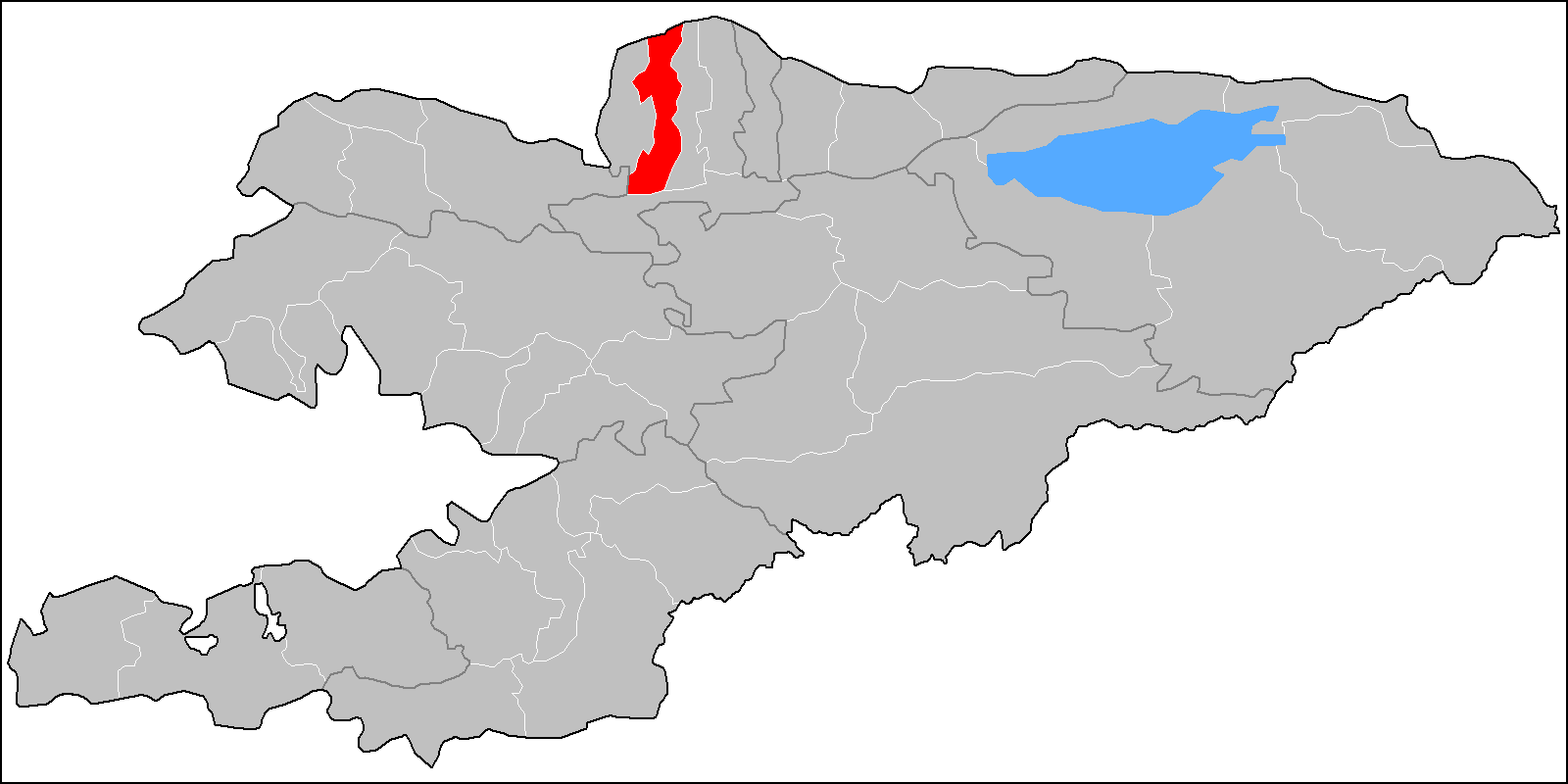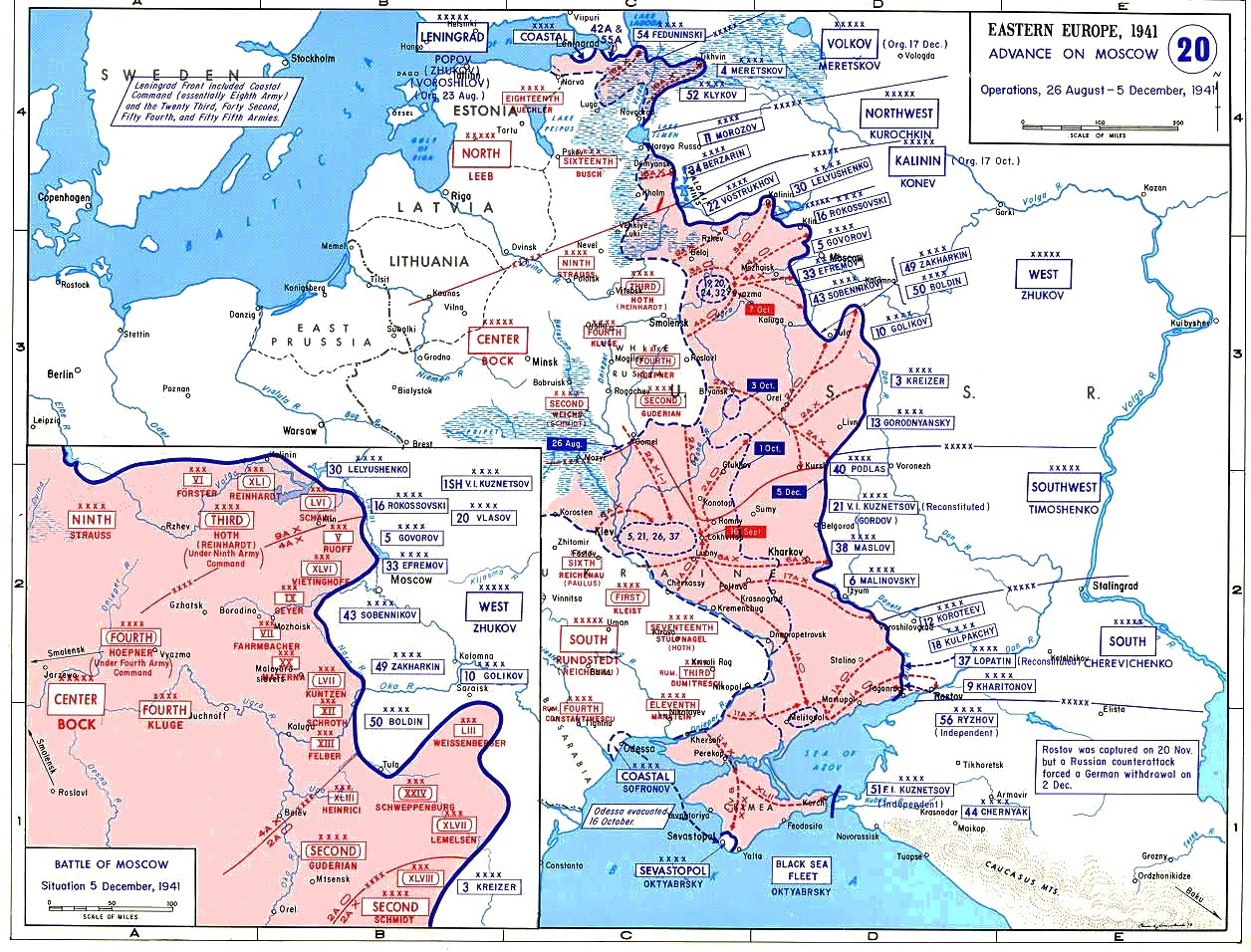|
Shopokov
Shopokov (; ) is a town in the Chüy Region of Kyrgyzstan. Its population was 10,289 in 2021. Shopokov is a city of district significance within Sokuluk District. According to a report by the local authorities (undated, but published some time between 2003 and 2009), the town's population was 9,150.Добро пожаловать в город Шопоков! (Welcome to Shopokov!) Major ethnic groups were Russians (4906), Kyrgyz (2704), Ukrainians (752), and Germans (296). History The predecessor of today's Shopokov City was anurban-type settlement
Urban-type settlement, abbreviated: ; , abbrev ...
[...More Info...] [...Related Items...] OR: [Wikipedia] [Google] [Baidu] |
Sokuluk District
Sokuluk (; ) is a district of the Chüy Region in northern Kyrgyzstan. Its area is , and its resident population was 194,579 in 2021. The administrative seat lies at Sokuluk village. Population Rural communities and villages In total, Sokuluk District includes 1 town and 68 settlements in 19 rural communities (). Each rural community includes one or several villages. The rural communities and settlements in the Sokuluk District are as follows: # town Shopokov
Shopokov (; ) is a town in the Chüy Region of Kyrgyzstan. Its population was 10,289 in 2021. Shopokov is a city of district significance within Sokuluk District.
According to a report by the ...
[...More Info...] [...Related Items...] OR: [Wikipedia] [Google] [Baidu] |
Chüy Region
Chüy is the northernmost Regions of Kyrgyzstan, region of Kyrgyzstan, surrounding the country's national capital of Bishkek. It is bounded on the north by Kazakhstan, and clockwise, Issyk-Kul Region, Naryn Region, Jalal-Abad Region, and Talas Region. Its administrative center is Bishkek. Its total area is . The resident population of the region was 974,984 as of January 2021. The region has sizeable Russians, Russian (20.8% in 2009) and Dungan people, Dungan (6.2% in 2009) minorities. It takes its name from the river Chu (river), Chüy, that flows through the region. History In 1926, the area of the current region became part of the newly established Kirghiz ASSR. In 1939, the Frunze Region (oblast) was established. In 1959, Frunze Region was dissolved, and its constituent districts became districts of republican significance (not subordinated to a region). In 1990, the Chüy Region was established. From 2003 to 2006, its administrative center was Tokmok. During the Soviet peri ... [...More Info...] [...Related Items...] OR: [Wikipedia] [Google] [Baidu] |
Panfilov's Twenty-Eight Guardsmen
The Panfilov Division's Twenty-Eight Guardsmen (), commonly referred to simply as Panfilov's Twenty-Eight Guardsmen, Panfilov's Men (, ''Panfilovtsy''), or just the Twenty-Eight, is a group of soldiers from the Red Army's 316th Rifle Division who took part in the 1941–1942 Battle of Moscow during World War II. According to Soviet records of the time, all were killed in action on 16 November 1941 after destroying 18 German tanks and stopping the enemy attack; the Twenty-Eight were collectively endowed with the title Hero of the Soviet Union. Post-war investigation by Soviet authorities, carried out in 1948 and since declassified, revealed the story to be a fabrication. Neither German nor Soviet operational documents confirmed the claimed German casualties, and the Germans fulfilled their day's objectives well before the end of the day. After one of the supposedly dead men was arrested on suspicion of collaboration with the enemy and confessed to having "voluntarily" surrendere ... [...More Info...] [...Related Items...] OR: [Wikipedia] [Google] [Baidu] |
Kyrgyzstan
Kyrgyzstan, officially the Kyrgyz Republic, is a landlocked country in Central Asia lying in the Tian Shan and Pamir Mountains, Pamir mountain ranges. Bishkek is the Capital city, capital and List of cities in Kyrgyzstan, largest city. Kyrgyzstan is bordered by Kazakhstan to the Kazakhstan–Kyrgyzstan border, north, Uzbekistan to the Kyrgyzstan–Uzbekistan border, west, Tajikistan to the Kyrgyzstan–Tajikistan border, south, and China to the China–Kyrgyzstan border, east and southeast. Ethnic Kyrgyz people, Kyrgyz make up the majority of the country's over 7 million people, followed by significant minorities of Uzbeks and Russians. Kyrgyzstan's history spans a variety of cultures and empires. Although geographically isolated by its highly mountainous terrain, Kyrgyzstan has been at the crossroads of several great civilizations as part of the Silk Road along with other commercial routes. Inhabited by a succession of tribes and clans, Kyrgyzstan has periodically fallen unde ... [...More Info...] [...Related Items...] OR: [Wikipedia] [Google] [Baidu] |
Urban-type Settlement
Urban-type settlement, abbreviated: ; , abbreviated: ; ; ; ; . is an official designation for lesser urbanized settlements, used in several Central and Eastern Europe, Central and Eastern European countries. The term was primarily used in the Soviet Union and later also for a short time in People's Republic of Bulgaria, socialist Bulgaria and Polish People's Republic, socialist Poland. It remains in use today in nine of the post-Soviet states. The designation was used in all 15 member republics of the Soviet Union from 1922. It was introduced later in Poland (1954) and Bulgaria (1964). All the urban-type settlements in Poland were transformed into other types of settlement (town or village) in 1972. In Bulgaria and five of the post-Soviet republics (Armenia, Moldova, and the three Baltic states), they were changed in the early 1990s, while Ukraine followed suit in 2023. Today, this term is still used in the other nine post-Soviet republics – Azerbaijan, Belarus, Georgia (co ... [...More Info...] [...Related Items...] OR: [Wikipedia] [Google] [Baidu] |
Sugar Mill
A sugar cane mill is a factory that processes sugar cane to produce raw sugar or plantation white sugar. Some sugar mills are situated next to a back-end refinery, that turns raw sugar into (refined) white sugar. The term is also used to refer to the equipment that crushes the sticks of sugar cane to extract the juice. Production of raw sugar There are a number of steps in producing raw sugar from cane: # Harvest and transport to the sugar factory # Juice extraction (cane preparation followed by milling or diffusion) # Purification of the juice (remove suspended solids from the juice, typically mud, waxes, fibres) # Evaporation of water (to concentrate the juice to a thick syrup of about 65° brix) # Crystallization # Centrifugation (Separation of the sugar crystals from the mother liquor, done by centrifugal machines) # Storage of sugar and molasses These processing steps will produce a brown or raw sugar. Raw sugar is generally sent to a sugar refinery to produce white s ... [...More Info...] [...Related Items...] OR: [Wikipedia] [Google] [Baidu] |
Ivan Panfilov
Ivan Vasilyevich Panfilov (; – 18 November 1941) was a Soviet Union, Soviet general and a posthumous Hero of the Soviet Union, known for his command of the 8th Guards Rifle Division, 316th Rifle Division during the Battle of Moscow, defense of Moscow at the Second World War. Biography Early life Panfilov was born in Petrovsk, Saratov Oblast, Petrovsk. After the death of his mother in 1904, the child was forced to quit school and started working in a local shop when he was eleven years old. His father died in 1912.Panfikov's curriculum vitae , quoted in an article by Dmitry Yazov. In 1915, during the First World War, Panfilov was drafted into the Imperial Russian Army and stationed in the 638th Olpinsk Infantry Regiment. Afterwards, he was transferred to the Southwestern Front (Russian Empire), Southw ... [...More Info...] [...Related Items...] OR: [Wikipedia] [Google] [Baidu] |
Battle Of Moscow
The Battle of Moscow was a military campaign that consisted of two periods of strategically significant fighting on a sector of the Eastern Front during World War II, between October 1941 and January 1942. The Soviet defensive effort frustrated Hitler's attack on Moscow, the capital and largest city of the Soviet Union. Moscow was one of the primary military and political objectives for Axis forces in their invasion of the Soviet Union. The German Strategic Offensive, named Operation Typhoon, called for two pincer offensives, one to the north of Moscow against the Kalinin Front by the 3rd and 4th Panzer Armies, simultaneously severing the Moscow–Leningrad railway, and another to the south of Moscow Oblast against the Western Front south of Tula, by the 2nd Panzer Army, while the 4th Army advanced directly towards Moscow from the west. Initially, the Soviet forces conducted a strategic defence of Moscow Oblast by constructing three defensive belts, deploying newly r ... [...More Info...] [...Related Items...] OR: [Wikipedia] [Google] [Baidu] |



